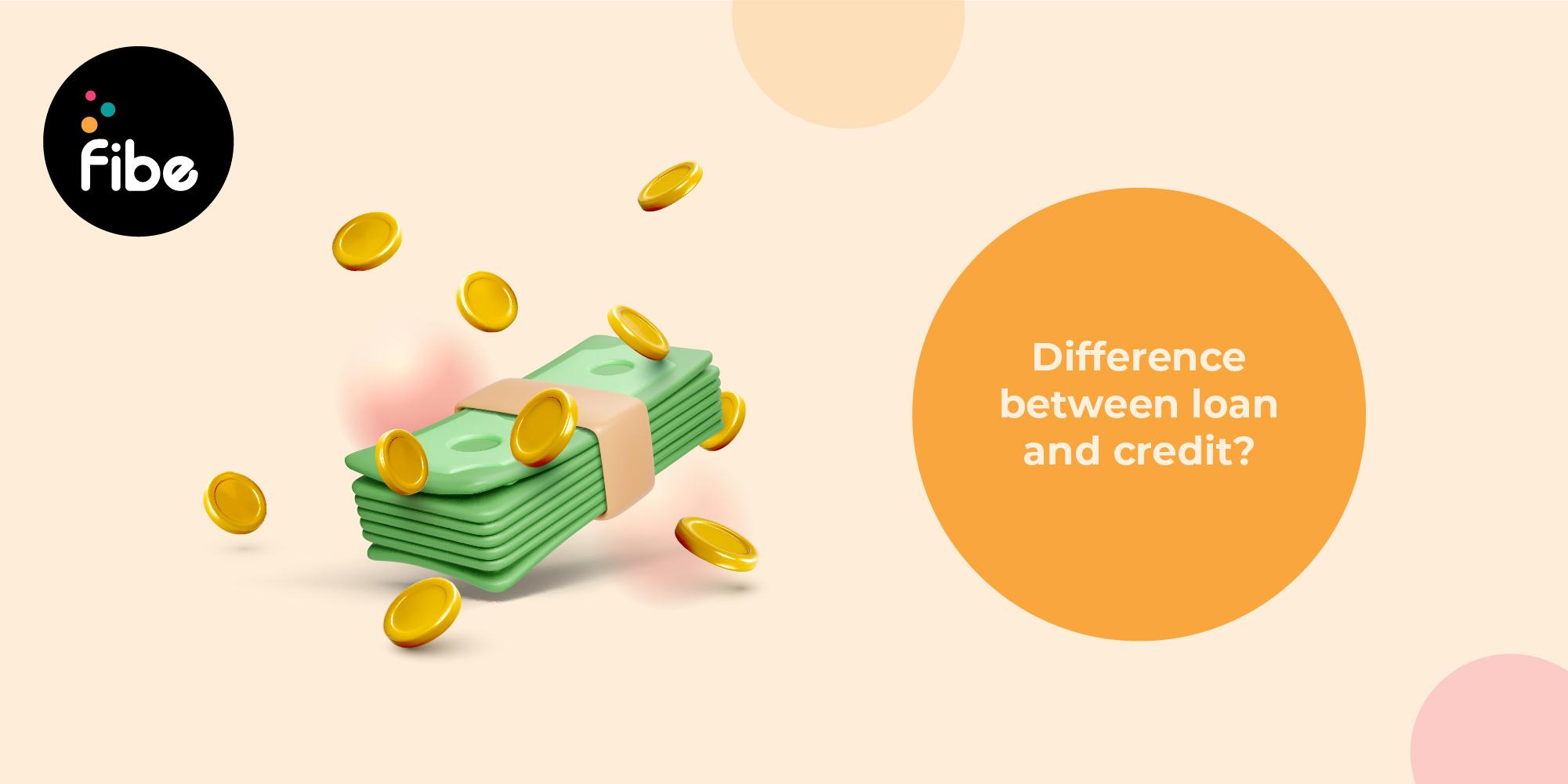- Home
- Blogs
- Personal Loan
- Difference Between Credit Card And Personal Loan
Credit Card Loan Vs Personal Loan: Key Differences Explained
Reviewed by: Fibe Research Team
- Updated on: 9 Dec 2024
Reviewed by: Fibe Research Team

Knowing more about the differences in features of personal loans vs credit cards is important so you can choose the right one during times of need. To ensure you can meet and address your financial obligations, figuring out which of these supports your needs for quick and restrict-free usage is key. Read more below to learn the difference between these options and the advantages and disadvantages of both.
A loan is when you receive a lump sum amount for a fixed tenure. You pay the lender the interest and a part of the principal in fixed monthly installments. These monthly installments are received all through the pre-determined tenure. In some cases, you just pay the interest as EMIs and the principal after the end of the tenure.
A personal loan is a type of loan which does not require you to pledge any object/investment as collateral to get capital or funds. This is a popular choice for borrowers due to the reason that your assets are not at risk.
A credit card is a form revolving credit in which the lender offers a certain limit of credit to you, depending on your creditworthiness. Usually, the billing cycle tenure is one month, and you can use this card to make purchases within the decided limit. Once you have repaid the billing amount your limit is refreshed and you can continue using it in the next month.
A high interest will be applicable if you have an outstanding balance on your credit card bill but if you repay it on time, no interest is applied. This card also offers additional perks, such as discounts from partner merchants and more.
The table below lists the finer details of both credit solutions so you can choose the ideal one for yourself.
| Parameter | Personal Loan | Credit Card |
|---|---|---|
| Type of Financing | The loan amount is sanctioned as a one-time credit facility to the borrower | Involves revolving credit where you can use funds up to the credit limit; on repayment, the limit is restored |
| Tenure | Can go up to 6 years | Your billing cycle ranges from 27 to 31 days in most cases, and you get up to 25 days to clear the credit card bill. |
| Schedule of Repayment | Fixed monthly payments in the form of EMIs in general | Revolving monthly repayment that is based on usage up to the credit limit |
| Interest Rate | Fixed or floating interest rates that are usually lower than credit card interest rates | Higher interest rates as compared to personal loans, which only apply to unpaid balances, if any |
| Fees | Processing charges, EMI bounce charges, and penal interest may apply | Annual fees, joining fees and late fees may apply |
| Purpose | End usage is not restricted; you can use the amount for home renovation, education fees, travel, emergencies, etc. | It can be used for daily needs such as shopping, entertainment, education, etc. |
Understanding the purpose of your expenses is necessary before deciding which one to choose. Both can help you build your credit score with responsible repayment. Below is a brief comparison to help you understand which option to choose when:
You can choose a credit card based on your requirements to fulfil smaller or recurring needs. A loan can be ideal if you are making a one-time big-ticket purchase or expense. All in all, you can compare and choose personal loans vs credit cards depending on your financial requirements.
With Fibe, you can apply for an Instant Cash Loan of up to ₹5 lakhs at an affordable interest rate. You can get the funds without lengthy paperwork and repay it comfortably with flexible tenures.
However, if you want a credit card instead, you can opt for a Fibe Axis Bank Credit Card. This numberless credit card gives you additional security with up to 3% cashback on every transaction. You also need not pay any joining or annual fee as it is a lifetime-free card. Download the Fibe Personal App or register on our website to get started.
Yes. A fixed amount for a specified tenure is provided by the lender as a loan. Within the tenure, you are liable to pay monthly instalments to repay the loan.
Yes. Cash credit is also known as a short-term loan, where the repayment tenure can last up to one year. According to your professional or personal needs, it helps you maintain cash flow.
The better option depends upon the user’s preference. A personal loan is taken for big one-time purchases, whereas a credit card can be taken for smaller and regular purchases.
Yes, but if you pay the due bills on time, the interest does not apply. High interest rates are applicable if you fail to make the minimum payment on the due date of the credit card statement.
In personal loans, the tenure can go up to years. For credit cards, the tenure of billing is refreshed within a cycle of 25-31 days.